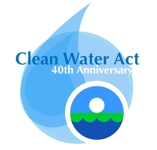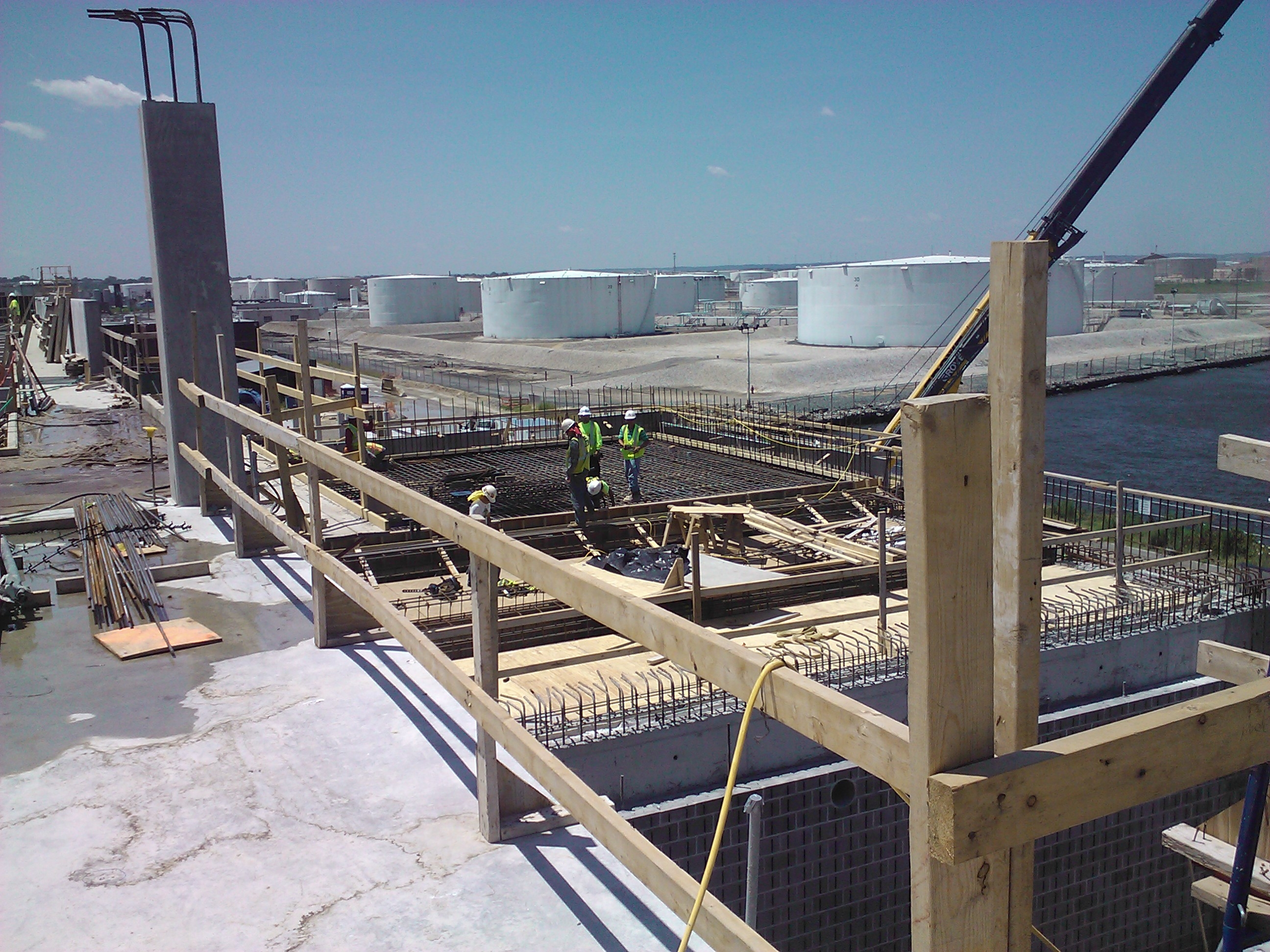"The Clean Water Act has played a significant role in the restoration of waterways throughout Maryland and the nation. Even as we continue to make strides in reducing and preventing further pollution of our water, our mission is far from accomplished. It is the responsibility of every Marylander to respect our waterways and do their part to care for this natural resource. Keeping our water clean helps to protect and restore our waterways, including the Chesapeake Bay."
--Robert M. Summers, Former Secretary, Maryland Department of the Environment
40th Anniversary of the Clean Water Act
 By the middle of the 20th Century, America’s rivers, lakes, estuaries and coastal waters had become gravely threatened by pollution from unchecked industrial sources and outdated and inadequate wastewater treatment infrastructure. Many waterways across the country were so polluted they were unfit for any purpose. The American public then pressured Congress to act to protect our nation’s most irreplaceable resource. This action took the form of the Federal Water Pollution Control Amendments of 1972, a landmark expansion of previous provisions to protect the nation’s water resources. The Amendments have led to tremendous progress in the restoration of America’s waters and have come to be known as the Clean Water Act.
By the middle of the 20th Century, America’s rivers, lakes, estuaries and coastal waters had become gravely threatened by pollution from unchecked industrial sources and outdated and inadequate wastewater treatment infrastructure. Many waterways across the country were so polluted they were unfit for any purpose. The American public then pressured Congress to act to protect our nation’s most irreplaceable resource. This action took the form of the Federal Water Pollution Control Amendments of 1972, a landmark expansion of previous provisions to protect the nation’s water resources. The Amendments have led to tremendous progress in the restoration of America’s waters and have come to be known as the Clean Water Act.
The Clean Water Act
After the Clean Water Act’s passage 40 years ago, Marylanders who were already working hard to restore the Chesapeake Bay and our state’s other waterways quickly took advantage of the tools and resources offered by the Act. The Maryland Department of Health and Mental Hygiene coordinated Maryland’s water quality management efforts and wastewater treatment infrastructure development prior to the creation of the Department of the Environment in 1987. Since then, MDE has been dedicated to restoring Maryland’s environment and protecting public health. Pursuing the goal of clean water has been central to that mission.
- To date, more than $64 million in Federal funding has been appropriated under Section 106 of the Clean Water Act to supplement Maryland’s state funding for water pollution control programs including permitting and enforcement, the development and monitoring of water quality standards and TMDLs for Maryland’s waterways and the management of these programs.
- MDE oversees Maryland’s Clean Water State Revolving Loan Fund, a fund of over $2 billion for use in low-interest loans to finance water quality projects large and small across Maryland. The fund has received nearly $900 million in Federal grants in connection with programs the Clean Water Act set in motion.
- In 2010, working with Maryland and all the Bay watershed states, the EPA established the Chesapeake Bay Total Maximum Daily Load, the largest TMDL since the CWA originated the TMDL assessment as a pollution control measure.
- The Watershed Implementation Plans (WIPs) submitted by watershed states to the EPA spell out reduction plans for the pollutants the Bay TMDL targets and timetables for their completion. In collaboration with Maryland local governments and stakeholders, MDE developed Phase II of Maryland’s WIP, approved by the EPA this year.

Contractors work at the construction site of the Patapsco Wastewater Treatment Plant’s Enhanced Nutrient Removal (ENR) facilities in Baltimore, MD. The Bay Restoration Fund is providing funds for ENR upgrades at 67 of Maryland’s wastewater treatment facilities, including Patapsco, which will reduce the state’s nitrogen discharges by 7.5 million pounds per year. The Patapsco ENR upgrade’s share of this reduction is 2.6 million pounds per year, 35 percent of Maryland’s goal. An expansion project also underway at the Patapsco facility is being financed with low-interest loans from the Revolving Loan Fund.
Former Secretary Summers gave a water monitoring demonstration to Parkway Elementary Students in Frederick, MD in honor of the 40th anniversary of the Clean Water Act on October 17, 2012 at 1:20pm.
Additional Information and Related Links